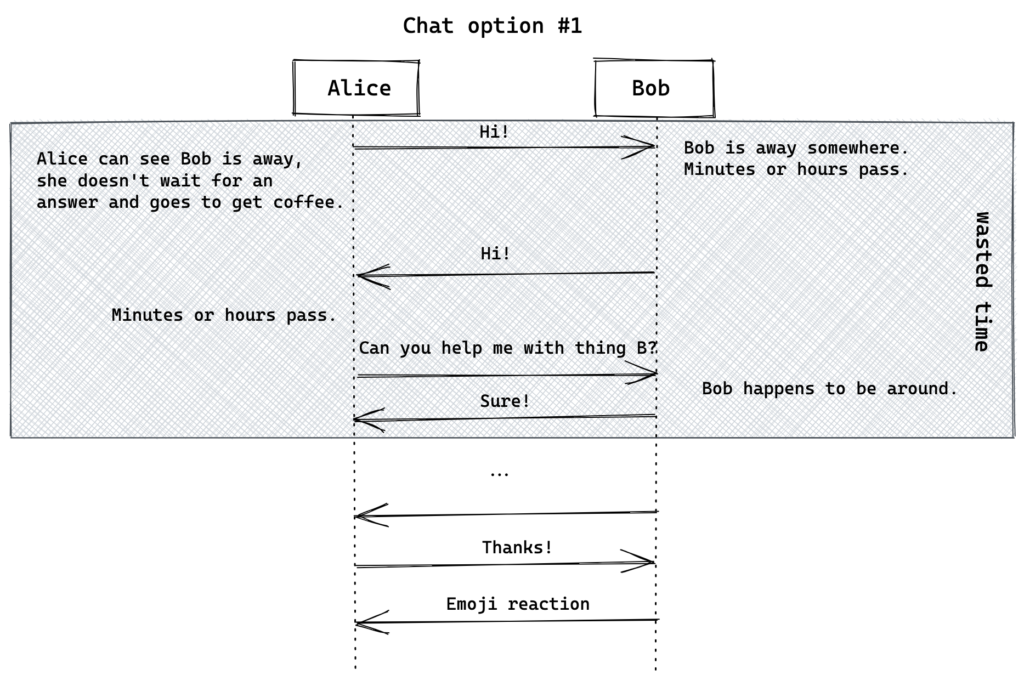Kids today don’t know what a file is. Kids today don’t know what directories are. Kids today don’t know where to find their files. What a stupid generation. Kids today, right?
File systems are a mystery
The first time I encountered this apparent knowledge gap was when I was working at on a tagging solution to supplement folder structure. The UX researchers came back with this mind-blowing article about kids today not knowing where their files were.
This turn of events has millennials confused: How is it possible that gen-z and beyond, who were born with more computing power in their pockets than we had in all our teenage years combined, don’t know what a file system is and how it works? How can they keep losing their files and come to us to rescue them as if they were boomers? What happened to their tech-literacy?








